“Green capital” becomes the central axis
Supporting industry (CNHT) is considered the “silent backbone” of the manufacturing industry, supplying components, spare parts and semi-finished products for key industries such as automobiles, electronics and textiles. However, for many years, this industry has struggled with a “chronic bottleneck” called capital.
Most of the supporting industry enterprises are small-scale units, lacking long-term capital to invest in machinery and technology, leading to limitations in the ability to participate deeply in the global supply chain. Many potential contracts with FDI corporations have been missed simply because of financial barriers.
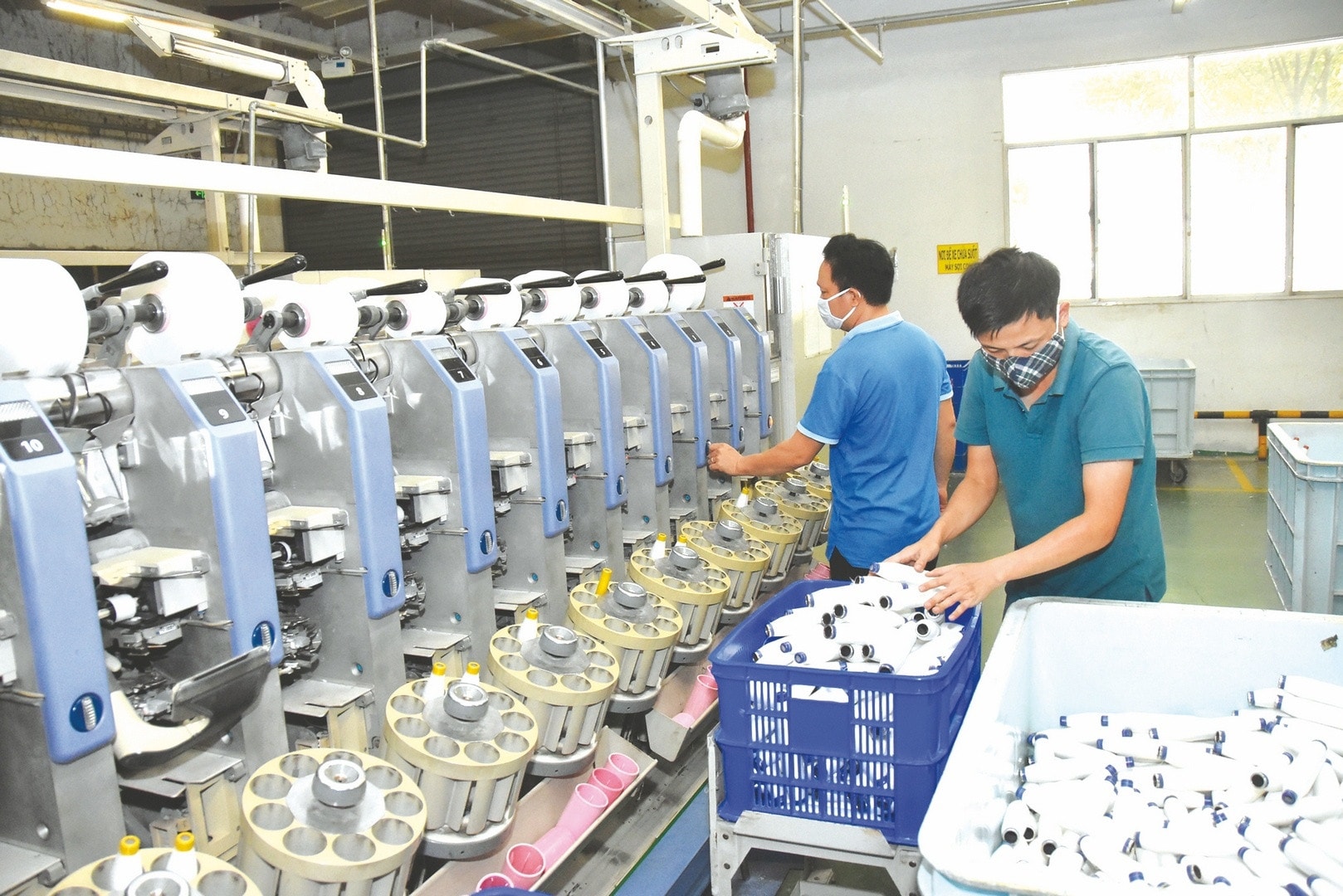
In that context, the banking industry is shaping a new strategy, in which green credit is considered a dual solution, both solving the capital problem and orienting sustainable development for supporting industries. At the recent regular Government press conference, Deputy Governor of the State Bank of Vietnam (SBV) Doan Thai Son affirmed his determination to persistently direct capital flows into priority areas, including supporting industries, high technology and agriculture .
According to the Deputy Governor of the State Bank, credit will be managed flexibly, in accordance with macro guidance and the economy 's absorption capacity, while accelerating the implementation of the 2% interest rate support program from the state budget, to promote green growth, circular economy and apply ESG (Environment, Social and Governance) standards.
Accordingly, by the end of the first quarter of 2025, green credit balance has reached more than VND 700,000 billion, accounting for 4.3% of total outstanding debt of the entire economy. On average, green credit balance increased by more than 21% per year in the 2017-2024 period, higher than the general credit growth rate. This shows that green capital flows are strongly transforming, from the "pilot" stage to the "main flow" in Vietnam's credit structure.
In particular, the growth rate of capital for supporting industries is far exceeding the general growth rate. By the end of August 2025, credit for small and medium enterprises reached about 3.3 million billion VND, accounting for 19% of total outstanding loans. Of which, credit for supporting industries has increased by more than 23%, many times higher than the general growth rate of the industry.
The spillover effects of concessional capital
The current credit strategy no longer stops at simply "pumping capital", but has shifted to "nurturing the ecosystem". When a supporting industry enterprise receives preferential loans to invest in a modern production line that meets green production standards, the spillover effect will attract a series of other satellite enterprises to participate in the supply chain. This impact is much larger than previous individual support policies.
However, the path to accessing green capital still has many barriers that need to be removed. CNHT enterprises are often small in scale, have limited collateral assets, and find it difficult to demonstrate long-term financial capacity. In particular, green loan applications require strict environmental criteria, ESG reporting, and independent audits, increasing compliance costs. If the priority mechanism is not specific and the guidance is not consistent, capital flows can be "clogged" right from the input stage.
To overcome this barrier, experts recommend that supporting industry enterprises should focus on projects with easily measurable environmental impacts, such as energy-saving improvements (replacing LED lighting systems, using high-efficiency motors), heat recovery, or investments in solid waste, wastewater and exhaust gas treatment. These are investment categories that can demonstrate effectiveness quickly and qualify for a "green" rating.
Policy instruments are also being designed to reduce the financial burden. Currently, green interest rates are lower than normal interest rates, ranging from 4-7%/year for short-term loans and 9-11%/year for medium and long-term loans. In particular, a draft policy on interest rate subsidies specifically for CNHT is being studied, with a support level of 3%/year, a maximum support period of 10 years, applicable to loans signed and disbursed until the end of 2030.
International experiences such as Thailand's establishment of a credit guarantee fund or Korea's linking long-term credit to supply contracts of large corporations are models for Vietnam to perfect its guarantee and interest rate compensation mechanisms.
Obviously, the requirement for supporting industries is not only to expand the scale of capital but also to orient capital flows according to green, long-term criteria and linked to actual production capacity. Only when enterprises have the conditions to invest in modern production lines, meeting environmental standards and the requirements of international corporations, can they escape the vicious cycle of "lack of capital - low technology - difficulty in entering the chain - difficulty in borrowing capital". At that time, green credit will truly become a strong catalyst, helping Vietnamese supporting industries to break through, reduce import dependence and increase the localization rate.
Source: https://daibieunhandan.vn/vong-lap-thieu-von-cong-nghe-thap-kho-vao-chuoi-kho-vay-von-rao-can-phat-trien-cua-doanh-nghiep-cong-nghiep-ho-tro-10389522.html


![[Photo] Prime Minister Pham Minh Chinh attends the World Congress of the International Federation of Freight Forwarders and Transport Associations - FIATA](https://vphoto.vietnam.vn/thumb/1200x675/vietnam/resource/IMAGE/2025/10/08/1759936077106_dsc-0434-jpg.webp)




![[Photo] Prime Minister Pham Minh Chinh inspects and directs the work of overcoming the consequences of floods after the storm in Thai Nguyen](https://vphoto.vietnam.vn/thumb/1200x675/vietnam/resource/IMAGE/2025/10/08/1759930075451_dsc-9441-jpg.webp)




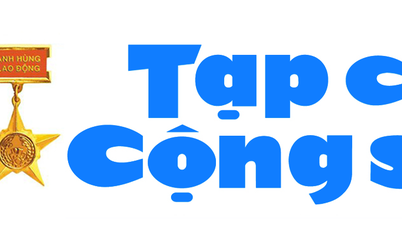

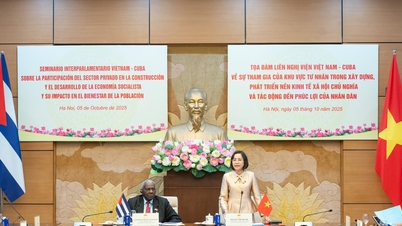
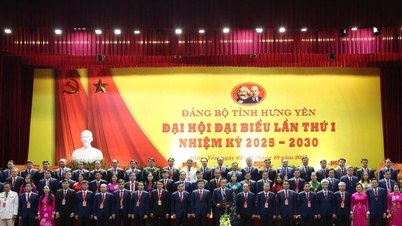
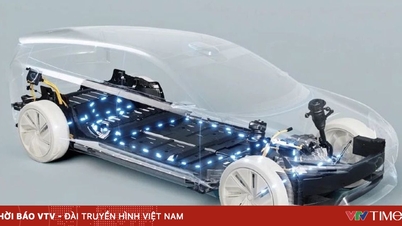








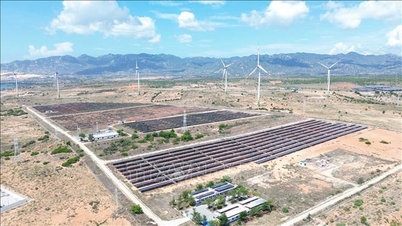




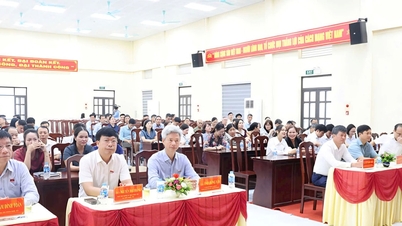


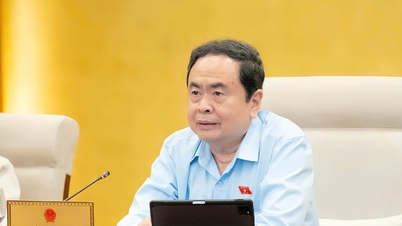

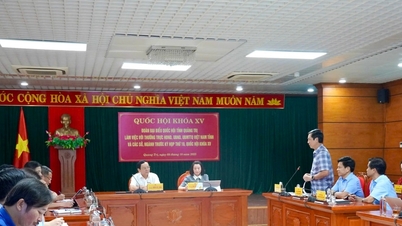
![[Photo] Closing of the 13th Conference of the 13th Party Central Committee](https://vphoto.vietnam.vn/thumb/1200x675/vietnam/resource/IMAGE/2025/10/08/1759893763535_ndo_br_a3-bnd-2504-jpg.webp)






































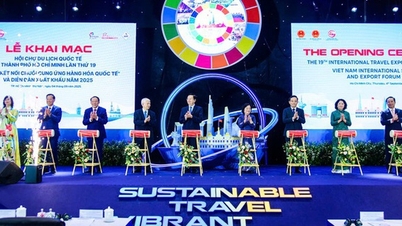










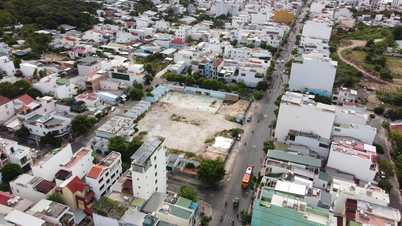


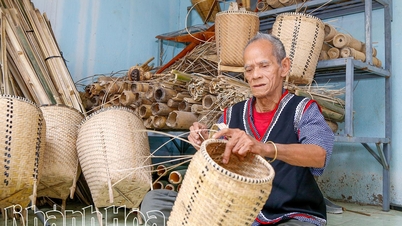










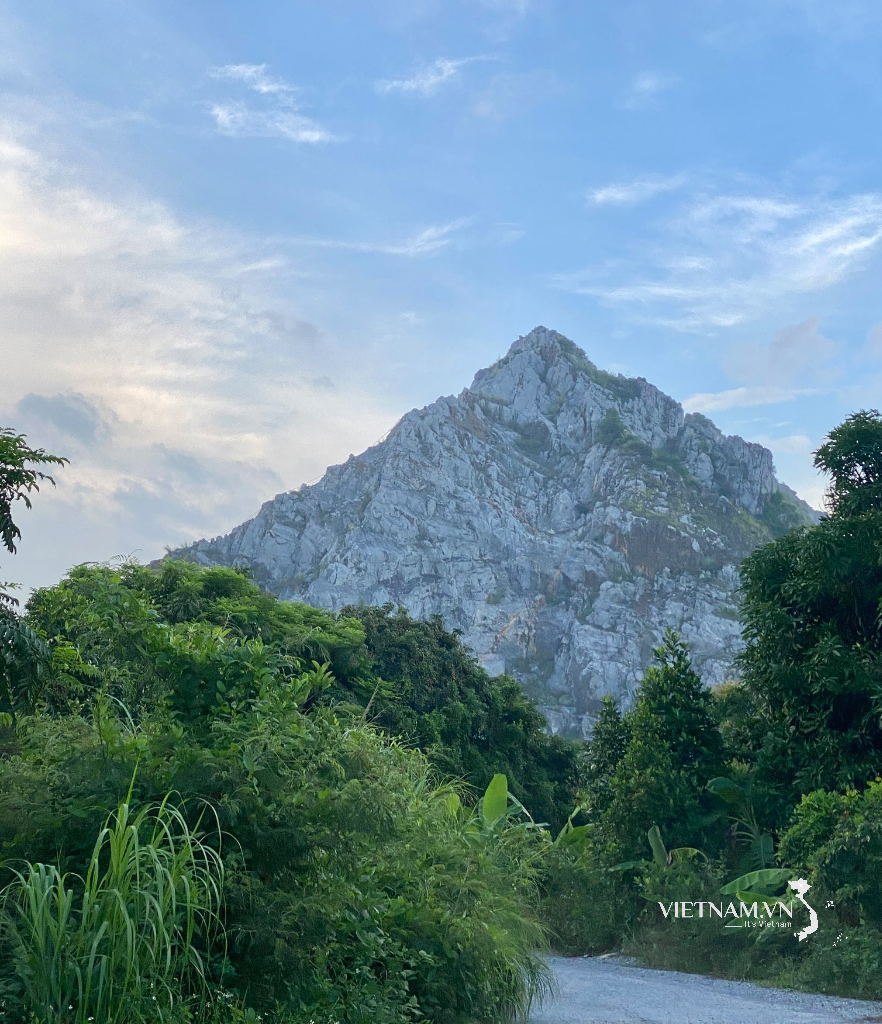



Comment (0)